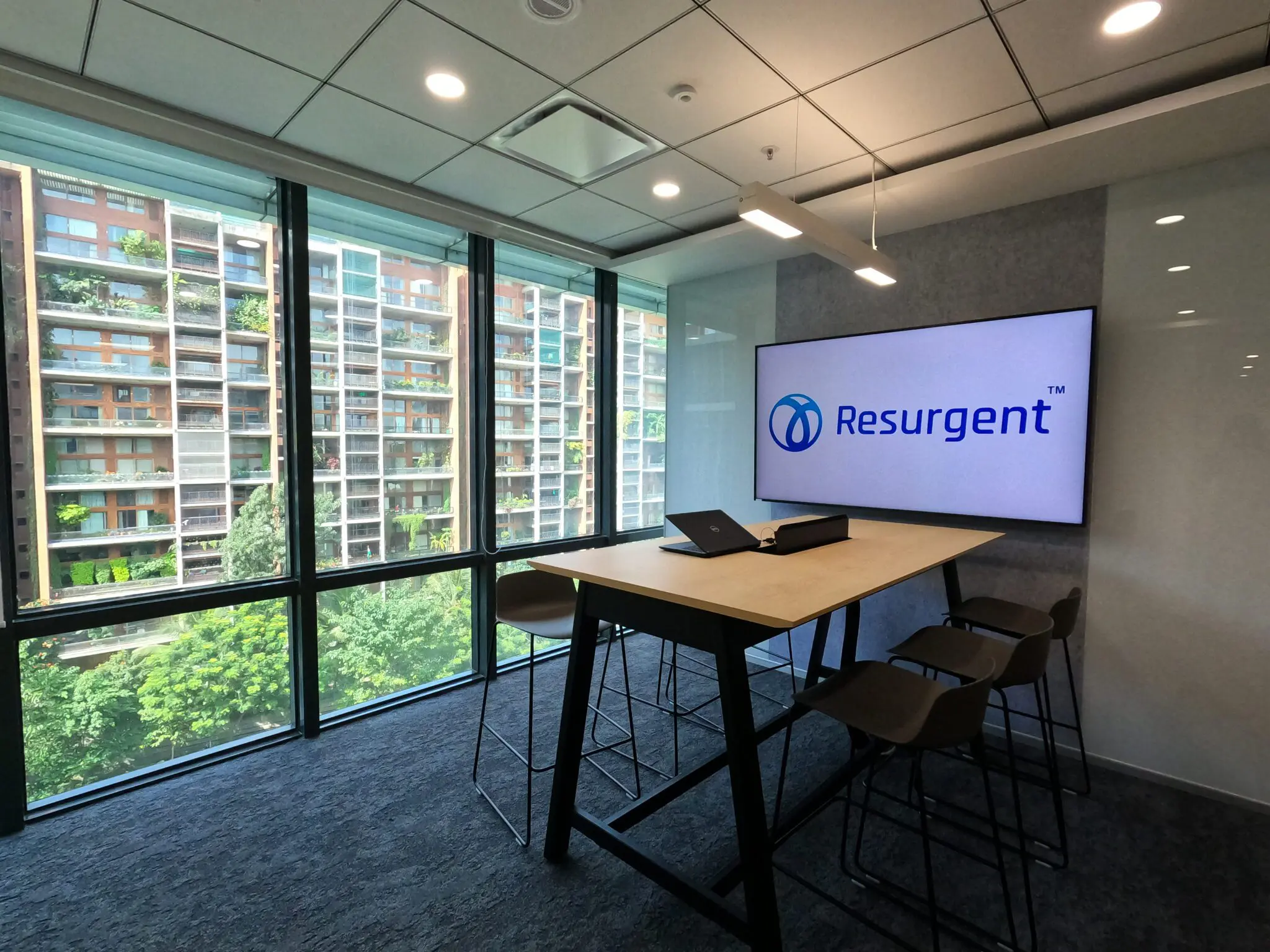Video conferencing is now the capstone holding today’s hybrid world of work together. The modern workplace has never evolved at the pace it has had since the COVID-19 pandemic. Today’s workplace has to be dynamic and adaptable to remain agile and ensure business continuity in the face of increasing competition and disruption.
Amongst other things the pandemic prompted was the evolution of that staple of any workday – meetings. As we settle into this new world of work, it is interesting to see how the quintessential meeting has evolved from its traditional, physical persona to its new, virtual, hybrid avatar.
The Days of Physical Meetings
While video conferencing was in use to hold meetings pre-pandemic, it is fair to say that physical meetings were mostly the norm. And for good reason.
In-person interactions are said to boost collaboration and foster easier communication. Direct face-to-face interactions enable immediate and intimate communication and facilitate a better understanding of non-verbal cues. These are also great for building camaraderie and rapport.
Furthermore, physical meetings offer a personal touch and foster connection. However, they also require more time, resources, and coordination.
While the personal and immersive nature of physical meetings leads to deeper impressions on attendees, their feasibility and practicality are often questioned. In fact, research goes on to show that employees had to spend up to 33% of their workweek in meetings.
Given that unproductive physical meetings cause around $37 billion to be lost per year, ensuring short, productive meetings is essential. However, with physical meetings, keeping the meeting length at the optimal time, that of 15 minutes, is much harder.
We’ve also seen how indulgent physical meetings have been. Rarely did these meetings start on time. The time taken to get to the agenda came mostly after the pleasantries and casual anecdotes had been exchanged. By then, a quarter of the meeting time was past us, and rarely was the remainder of the time enough to reach desired decisions.
Physical meetings remain undeniably essential, but they are no longer sufficient to hold the fort when collaboration needs to come from global teams.
The Pandemic Era Onwards
While we were still heavily reliant on physical meetings and virtual meetings took a more supporting role, there came a pandemic that moved everyone online. During this time, even the most traditional of industries had to look at video conferencing solutions to maintain business operations.
Safe to say, business continuity rested on the shoulders of video conferencing solutions. That being said, video conferencing solutions, too, had their work cut out for them. The solutions were being used at an unprecedented scale. The load at hand needed those in the industry to scale out solutions to accommodate the needs of this suddenly-virtual world.
Memes of virtual meetings being modern-day séance sessions have made many of us laugh (and many of us cry in frustration). And while these have great chuckle value, they also signaled the gaps that video conferencing solutions had to cover.
Video conferencing solutions have since become more advanced and intelligent. These solutions now add far more strategic value and have to build true connections across teams, geographies, and devices.
Seamless connectivity and immersive experiences that mimic physical meetings are critical for collaboration, communication, and camaraderie across organisations. As such, video conferencing solutions have become more sophisticated in design and experience.
Technologies such as Microsoft Teams Rooms now allow organisations the capacity to connect with a large number of people and bridge the gap between in-person and remote attendees. Lagging sessions and poor audio-video quality have been replaced with new technology and hardware that fosters true collaboration by ensuring everyone is heard, seen, and fully engaged.
The Modern-Day Video Conferencing
Video conferencing solutions today are accommodating the needs of the modern-day enterprise. Today’s enterprise is boundaryless and needs the agility to tap into resources and opportunities agnostic of location.
As such, robust video conferencing solutions offer strategic value in helping enterprises pursue their business goals, drive better employee experiences, foster innovation, or influence client relationships.
Video conferencing is now helping enterprises deliver more immersive, hybrid meeting experiences by:
- Making meeting rooms flexible. Solutions like Microsoft Teams Rooms allow people to collaborate from anywhere and turn any meeting space into an easy-to-use and inclusive collaboration space. Here, everyone has a place at the table, regardless of where they sit.
- Creating welcoming and built-to-scale meeting environments for individuals and teams and connecting hybrid workspaces seamlessly using a rich network of software, services, and certified hardware.
- Connecting teams across locations and devices through cloud-based conferencing, the latest audio-visual equipment, and unified communications infrastructure.
- Making meetings more efficient with easy scheduling, document sharing, highlighting important participants, and bringing all the participants into the same virtual space.
- Making collaboration more effortless with in-built project management tools, access to meeting transcripts, etc.
- Improving audio quality with background noise compression features for more immersive meeting experiences
One of the most significant things video conferencing has done is take the self-indulgence out of meetings. Video meetings are more scheduled and organised, time-efficient, and agenda-driven. They also take the indulgence out of continuing the meeting since attendees come on time, and the meeting gets over once the set time is up. This also automatically influences the productivity percentage of meetings.
The Bottom Line
Video conferencing solutions are continuously evolving to accommodate the constantly shifting needs of today’s world of work. These solutions are now helping enterprises become more efficient and ensuring that employees can use the time at hand on value-driven work… not in the proverbial pre-meeting water cooler discussions.
And while physical meetings will never go away, video conferencing solutions will have to continue to become stronger, intuitive, secure, and agile and operate as the backbone supporting today’s world of work.



